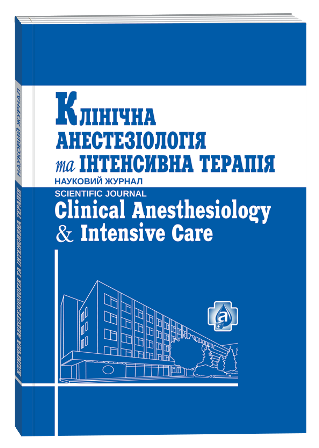ANTIBIOTIC THERAPY IN PROBLEMS OF NOSOCOMIAL INFECTIONS
Keywords:
antibiotic therapy, nosocomial infections, intensive care unitsAbstract
Nosocomial infections belong to the main reasons decreasing possibilities of effective treatment of many diseases all over the world. They generate huge costs for the healthcare system, and appear in all hospitals — the better hospital, the higher number and seriousness of infections. Regarding different resistance mechanisms of bacteria, synthesis of new antibiotics in pharmaceutical concerns is not sufficient. Invasiveness of an intensive care refers mostly to the necessity of artificial respiratory route, enabling respiratory therapy, bladder catheterization, and central venous cannulation. These procedures, facing decreased capacity of an immune system, diabetes, and obesity of many patients, contribute to infections’ development. There are no hospitals avoiding nosocomial infections successfully. They rather aims at infections’ percentage less than 5–7% of patients. This is the most obvious problem at intensive care units (ICU). This phenomena is well shown in the EPIC (European Prevalence of Infection in Intensive Care) survey. 1417 intensive care units have been evaluated during one day, with more than 10 thousands of patients; 45% of patients were infected, including 47% with pneumonia.
References
Bad bugs, no drugs: no ESKAPE! An update from the Infectious Diseases Society of America / H. W. Boucher, G. H. Talbot, J. S. Bradley [et al.] // Clin Infect. Dis. – 2009. – N 48. – P. 1–12.
Burden of antimicrobial resistance in European hospitals: excess mortality and length of hospital stay associated with bloodstream infections due to Escherichia coli resistant to thirdgeneration cephalosporins / M. E. de Kraker, M. Wolkewitz, P. G. Davey [et al.] // J. Antimicrob. Chemother. – 2011. – N 66. – P. 398–407.
Clinical impact of antimicrobial resistance in European hospitals: excess mortality and length of hospital stay related to methicillin-resistant Staphylococcus aureus bloodstream infections / M. E. de Kraker, M. Wolkewitz, P. G. Davey, H. Grundmann // Antimicrob. Agents Chemother. – 2011. – N 55. – P. 1598–1605.
Emergence of high levels of extended-spectrum-beta-lactamase-producing gram-negative bacilli in the Asia-Pacific region: data from the Study for Monitoring Antimicrobial Resistance Trends (SMART) program, 2007 / S. P. Hawser, S. K. Bouchillon, D. J. Hoban [et al.] // Antimicrob. Agents Chemother. – 2009. – N 53. – P. 3280–3284.
Infections with extended-spectrum beta-lactamase-producing enterobacteriaceae: changing epidemiology and drug treatment choices / J. D. Pitout // Drugs. – 2010. – N 70. – P. 313–333.
International study of the prevalence and outcomes of infection in intensive care units / J. L. Vincent, J. Rello, J. Marshall [et al.] // JAMA. – 2009. – N 302. – P. 2323–2329.
Brusselaers N. The rising problem of antimicrobial resistance in the intensive care unit / N. Brusselaers, D. Vogelaers, S. Blot // Annals of Intensive Care. – 2011. – N 1. – P. 47.
Surveillance, control and management of infection in intensive care units in Southern Europe, Turkey and Iran — A prospective multicenter point prevalence study / H. Erdem, A. Inan, S. Altindis [et al.] // J. Infect. – 2014. – N 68 (2). – P. 131–140.







